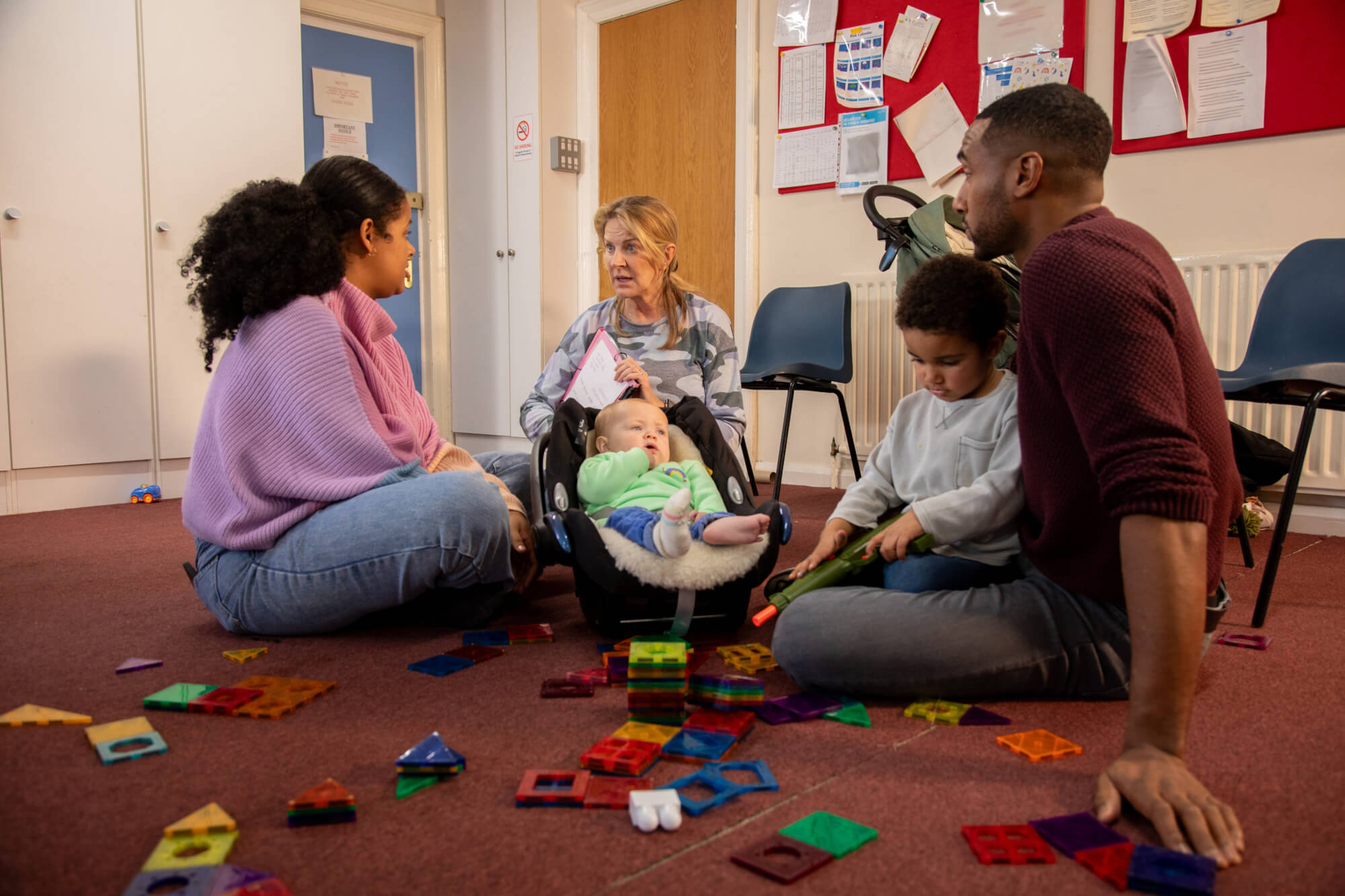Keeping Children Safe, Helping Families Thrive – Part 2

In her previous article, our Safeguarding Director, Sam Preston looked at the four key principles underpinning the proposed reforms within HM Government’s new strategy document Keeping Children Safe, Helping Families Thrive. In this follow up article, Sam takes a look at the implications of the new strategy for safeguarding and child protection practice within educational settings.
The Key Role of Schools
As I have highlighted in many of my previously articles, due to their frequency of contact, staff in schools and alternative provision play a key role in safeguarding children and young people. Of all multi-agency organisations, they have the most frequent contact not only with pupils, but their wider family network. This is particularly the case in early years and primary settings, which offers opportunities for safeguarding concerns to be identified early, intervention taken sooner and protection / support to be offered as a form of early help. So it comes as no surprise that, after the police, schools are the second largest referrer to children’s social care.
Relevant Partner
However, despite recommendations for education to be a statutory partner, currently they are regarded as a ‘relevant partner’, so take a contributing role rather than a strategic one in locality multi-agency safeguarding arrangements. The new strategy proposes passing legislation to address this to ensure education, as an agency, is at the heart of both strategic and operational decision-making levels.
Whilst this move will help strengthen multi-agency safeguarding practice, the proposals also recognise that, despite having the statutory multi-agency practice guidelines Working Together to Safeguard Children in place since 1999, more needs to be done to improve collaborative multi-agency practice. As the proposal document states: 'Poor multi-agency working at child protection is a perennial issue that has been raised in every recent review that has considered child protection, from Laming to Munro and before'.
Integrated Teams
The proposed introduction of integrated teams, staffed with experienced multi-agency practitioners from children's social care, health, education and the police, are a move in the right direction. This will enable quicker, more accurate identification of children likely to or who are experiencing harm, and swift collaborative action to be taken. Sadly, the proposal does not cite previous trials of such models e.g. the research findings of programmes such as On Track In my view, the research findings from the 10 year On Track programme, a previous Labour government initiative which paved the way for Sure Start, offers a real insight together with evidence based research on how to establish and maintain multi-agency working. Having had first-hand experience of managing such teams, detailed in our podcast, processes will need to be devised to develop agreed joint working practices and prevent silo style working practices.
Home Education Consent
In addition, the proposed introduction for home education consent should a child is subject to a section 47 enquiry is a sensible precautionary measure. This will enable the Local Authority in these cases to determine risk and if so mitigated it by mainstream school safeguarding monitoring measures. This will also prevent a child subject to a section 47 enquiry being withdrawn from mainstream schooling and home schooled for the purpose of avoiding contact with education professionals. Under the proposals, Local Authorities will also be required to create and maintain a register of all children not in school.
The Role of the Virtual School Head
In my previous article I highlighted the vital role of the Virtual School Head which currently applies to looked-after and previously looked-after children. The proposals plan to extend this role to include children in kinship arrangements. Consideration is also being given to including Virtual School Head support for children leaving custody, which in my view is essential to safeguard and improve the outcomes for this group.
Conclusion
There is no doubt that all the proposed measures presented within Keeping children safe, helping families thrive are designed to improve the outcomes for children, but this will not be a quick fix and there will be significant challenges to overcome. All the proposed changes will need significant financial investment. As we have learnt from the move to health community care models, it will take more than the stated cost savings from reduced social care placements to fund a similar social care model. The model heavily relies on the suitability, willingness and ability of extended families to undertake kinship care; together with recruitment of more foster carers.
In addition, there will need to be substantial investment in extensive professional development, facilities and infrastructure to support truly integrated multi-agency working. The lack of investment in supporting integrated practice is the main reason current statutory guidance has failed to achieve the expected joint practice levels.
Finally, there is perhaps the biggest challenge, not discussed in the strategy. Recruitment and retention of staff in many agencies is currently a major issue, particularly social workers and teachers. For this model to have any chance of being robustly implemented, this is an issue which government office will need to swiftly address.
The first of our two-part Safeguarding Conversations podcast on this topic will be available from Monday 9th December 2024, with the concluding episode airing on 16th December 2024.
SSS Learning Safeguarding Director
4 December 2024